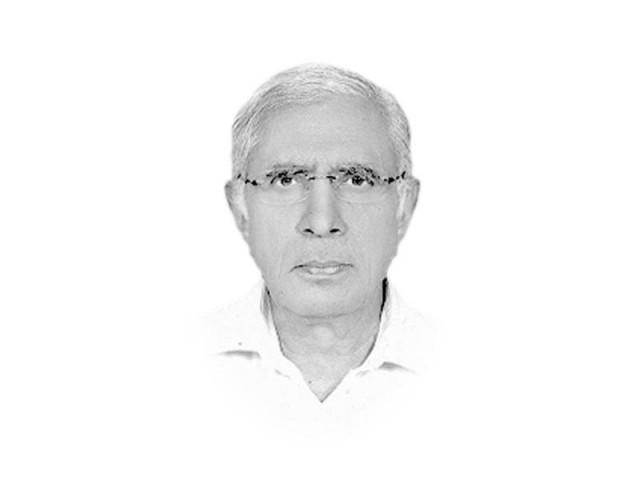‘Creative Economy’
Pakistan’s total exports of creative & cultural goods have increased from $60 million in 2004 to $437 million in 2013

The writer served as Executive Editor of The Express Tribune from 2009 to 2014
Creative industries are defined as those that are based on individual creativity, skill and talent with the potential to create wealth and jobs through developing intellectual property. They include 13 sectors: advertising, architecture, the art and antiques market, crafts, design, designer fashion, film, interactive leisure software, music, the performing arts, publishing, software, and television and radio.
The UNCTAD’s 2008 report ‘Creative Economy’ suggested a more inclusive definition which brought this term into use and recognised the wider societal impact: ‘the interface between creativity, culture, economics and technology as expressed in the ability to create and circulate intellectual capital, with the potential to generate income, jobs and export earnings while at the same time promoting social inclusion, cultural diversity and human development.’ The largest sectors of this economy are art, culture, design, entertainment, media and innovation. In the last 20 years, the creative economy has developed from having an unrecognised value to being identified as a global sector worth an estimated $4.3 trillion annually, contributing to 6.1 per cent of the global economy.
According to UNESCO figures, Pakistan’s total exports of creative and cultural goods have increased fourfold from $60 million in 2004 to $437 million in 2013. According to the UNESCO paper Pakistan’s contemporary art scene is growing rapidly in major cities. Sharmeen Obaid-Chinoy, an internationally recognised filmmaker who has won the Oscar twice, and Junoon, the pop/rock group that has won numerous awards and has collaborated with international artists are a few examples of successful Pakistani artists. Although the deterioration in Indo-Pak relations has caused a drop in our creative exports to India but with the return to normalisation in the relations the demand for our artists in India like Fawad Khan, Ali Zafar, Ghulam Ali, Rahat Fateh Ali Khan, Atif Aslam and Shafqat Amanat Ali is likely to soar once again. All around the world, the creative and cultural economy is talked about as an important part of the global economy. The term refers to the socio-economic potential of activities that trade with creativity, knowledge and information. Governments and creative sectors are increasingly recognising its importance as a generator of jobs, wealth and cultural engagement. At the heart of the creative economy are the cultural and creative industries that lie at the crossroads of arts, culture, business and technology. What unifies these activities is the fact that they all trade with creative assets in the form of intellectual property; the framework through which creativity translates into economic value.
While the subject needs a more thorough study to fathom its business potential, the high-level conference held on November 24, 2016 in Islamabad on ‘Creative economy and sustainable development in Pakistan: The UNESCO 2005 Convention on the protection and promotion of the diversity of cultural expressions’ did provide a glimpse into what can only be described as a new world which it is claimed was discovered by the digitally savvy world only in 2001.
The UNESCO Convention provides a policy framework for good governance for culture. It recognises the distinctive nature of culture as an important contributor to economic and social development and ensures that artists, creative professionals, practitioners and citizens worldwide can create, produce, disseminate and enjoy a broad range of goods, services and activities including their own. Pakistan has not yet ratified this Convention, while it is currently developing a national cultural policy.
Published in The Express Tribune, November 26th, 2016.
Like Opinion & Editorial on Facebook, follow @ETOpEd on Twitter to receive all updates on all our daily pieces.














COMMENTS
Comments are moderated and generally will be posted if they are on-topic and not abusive.
For more information, please see our Comments FAQ